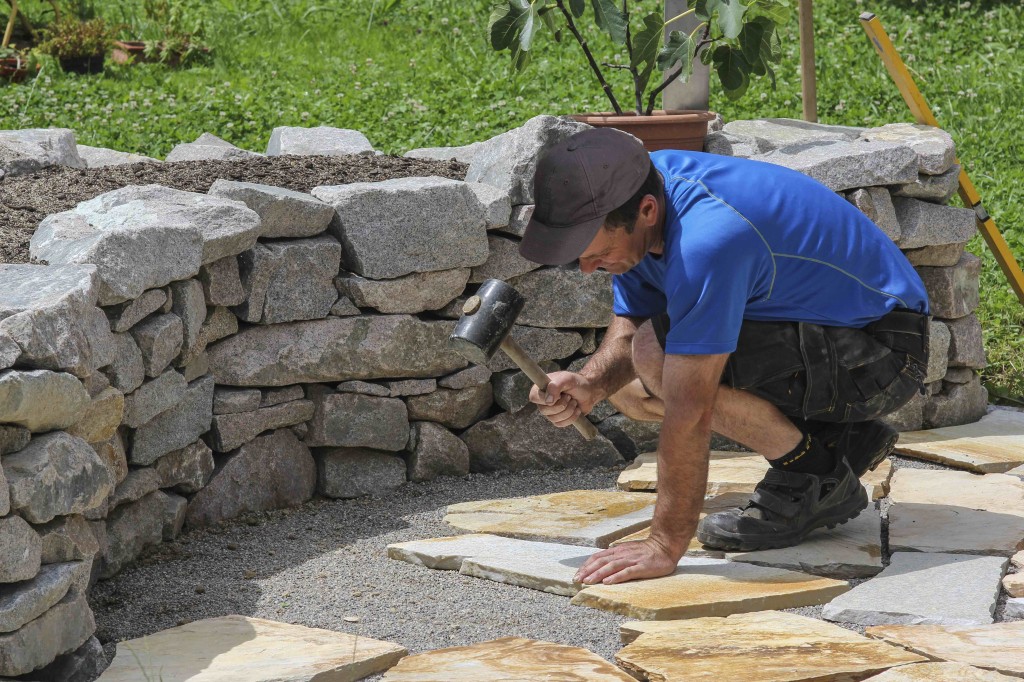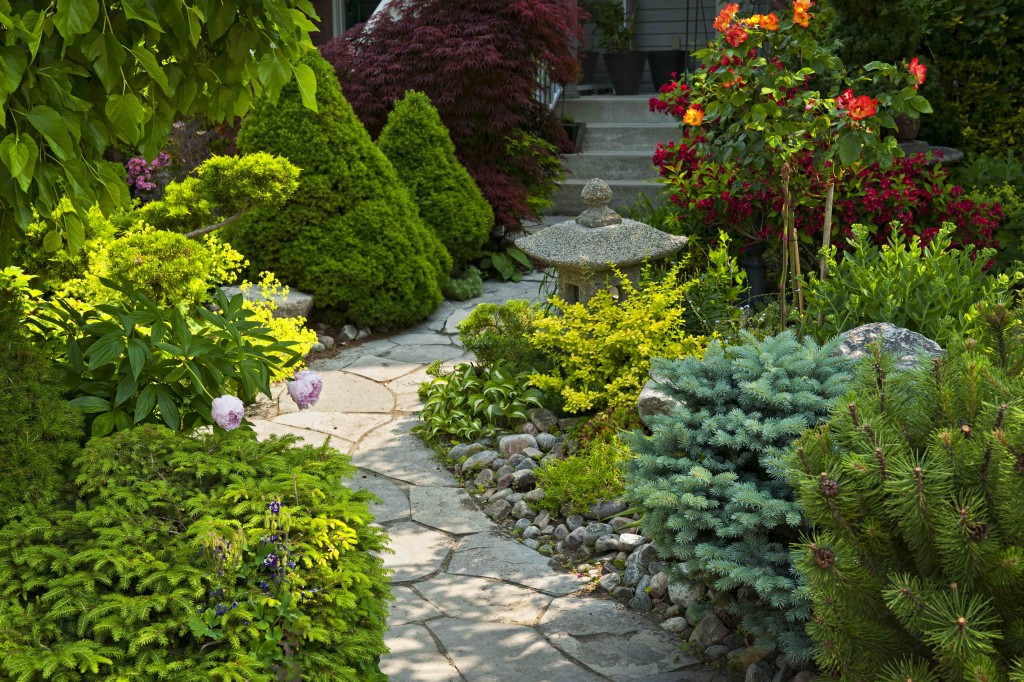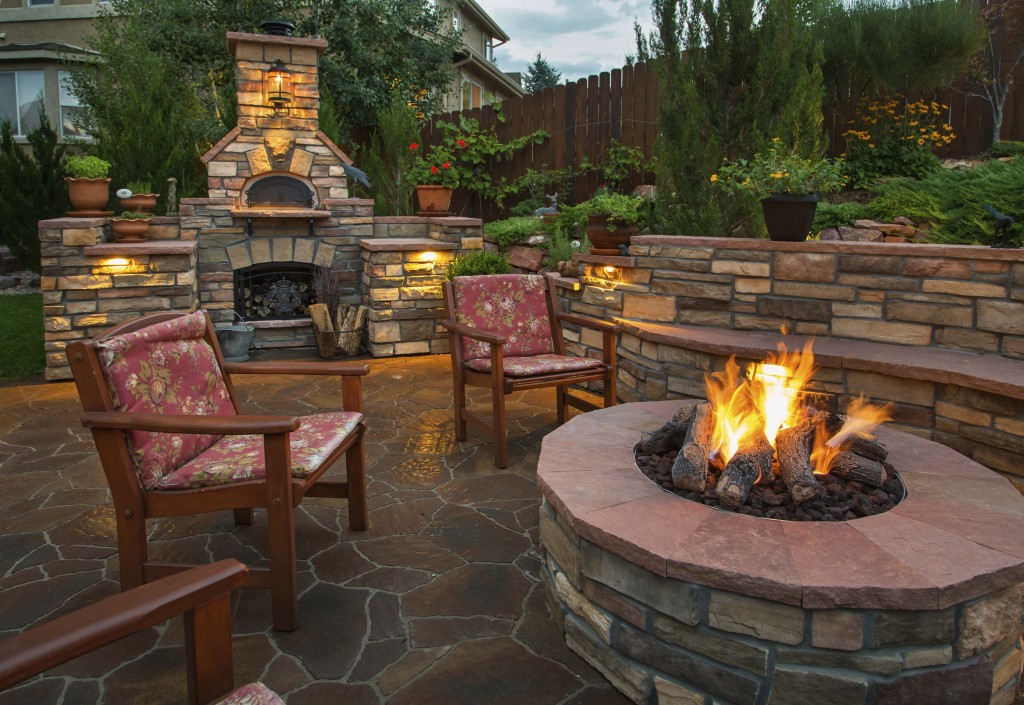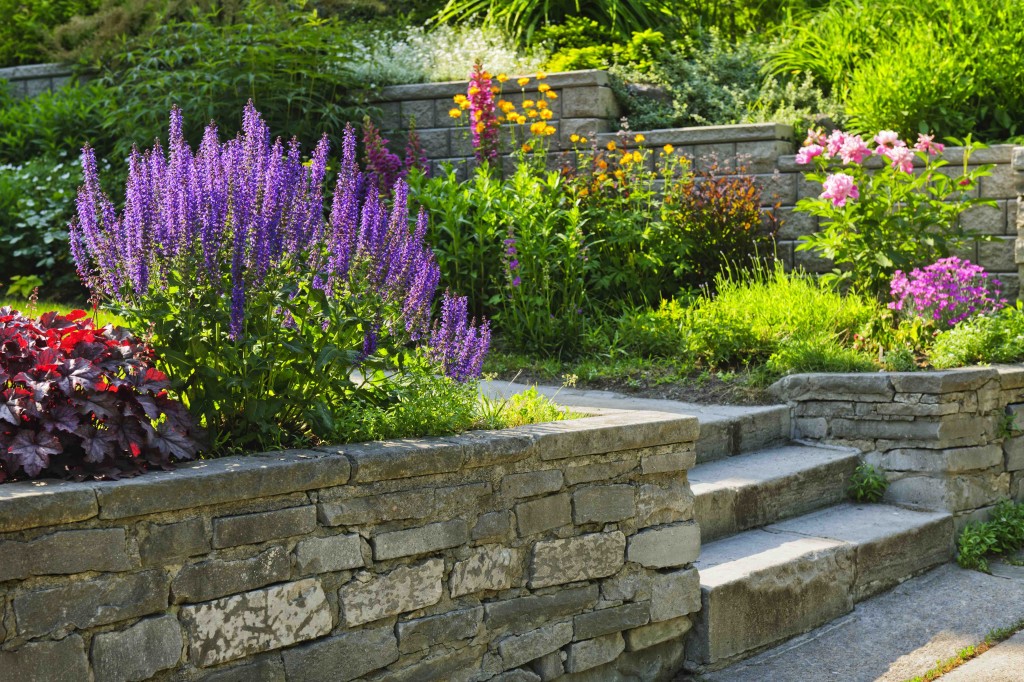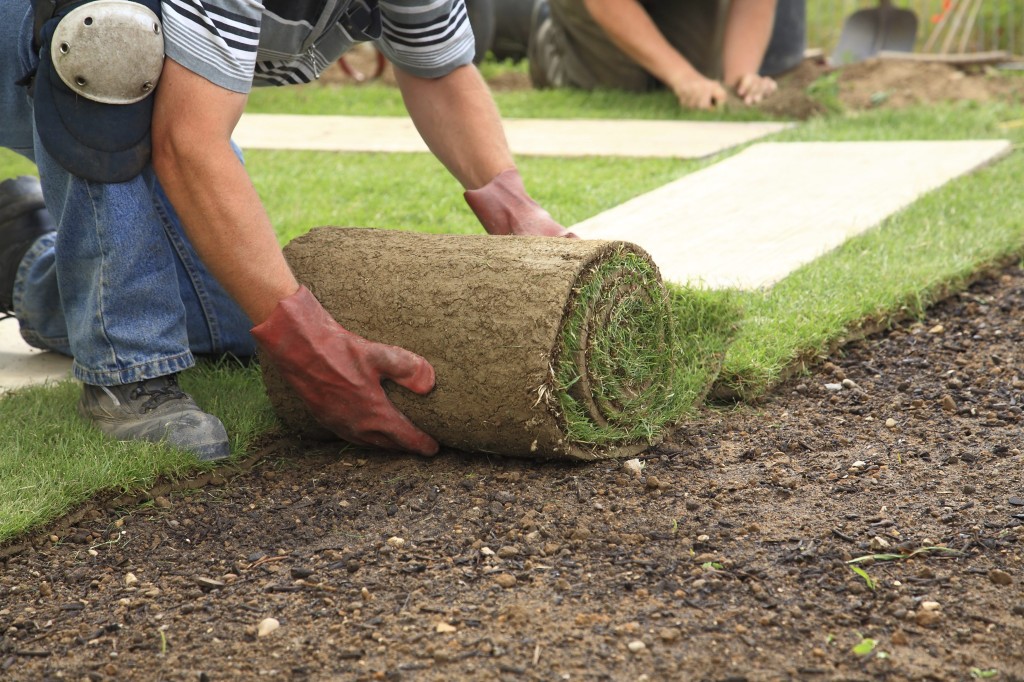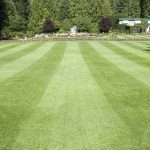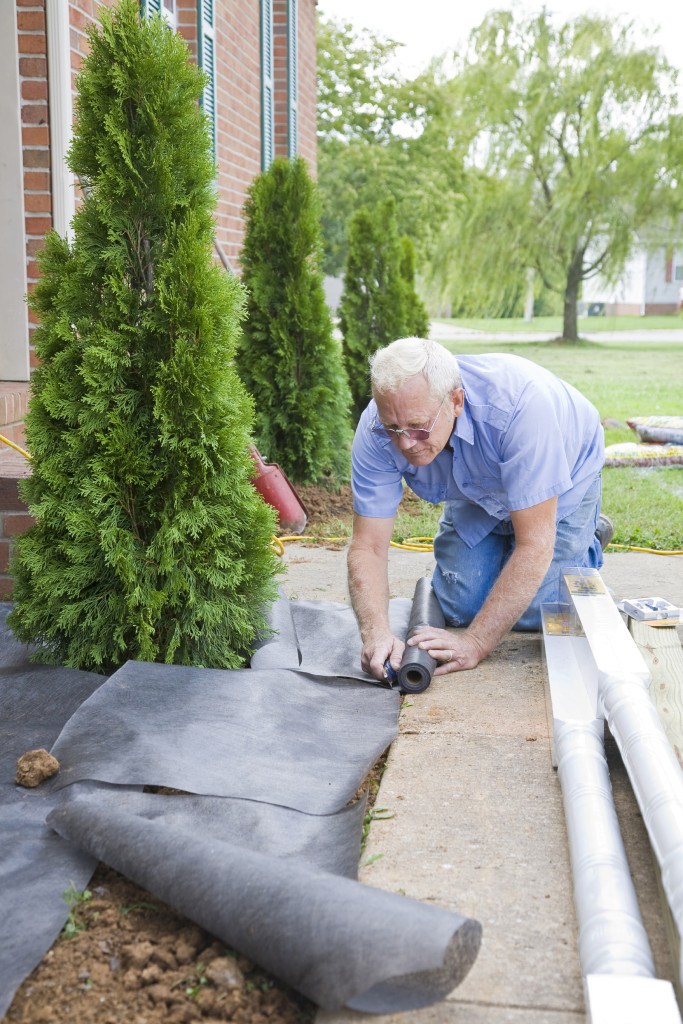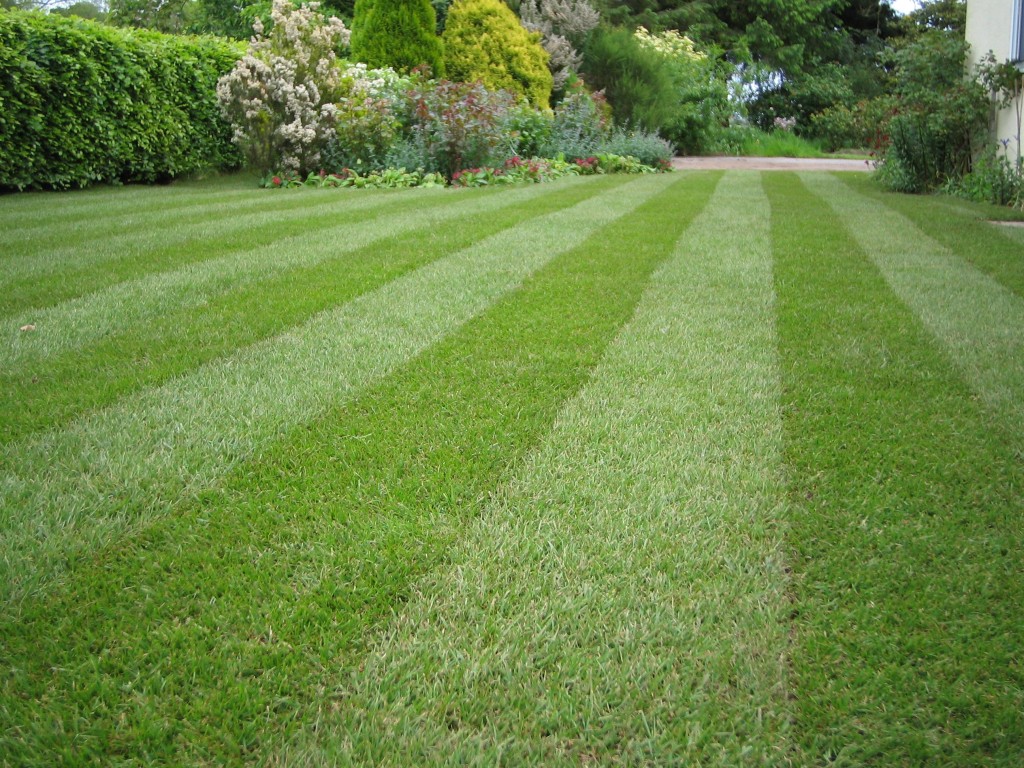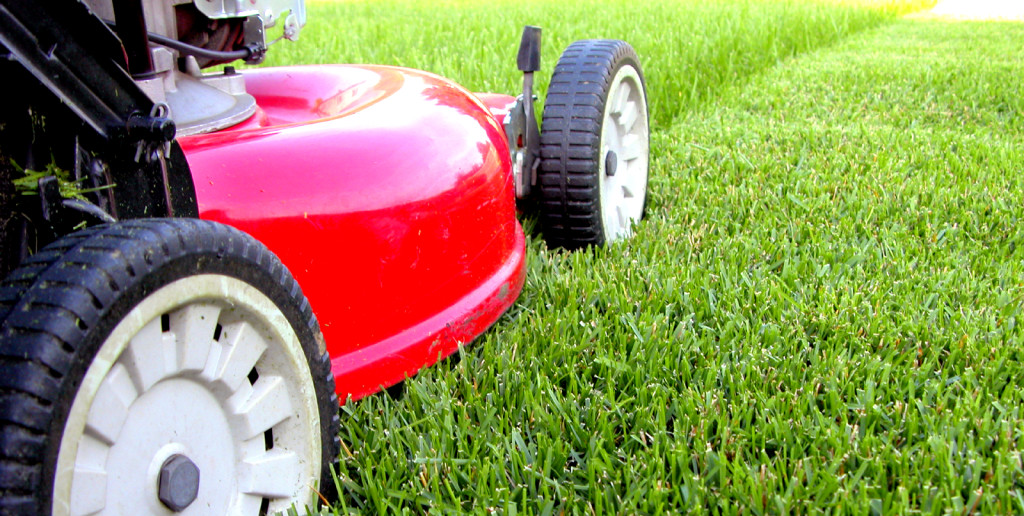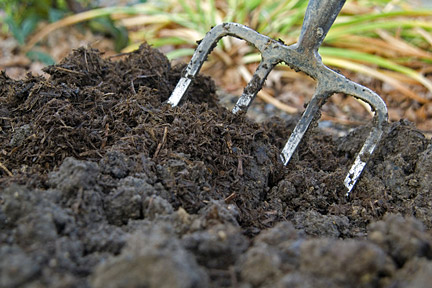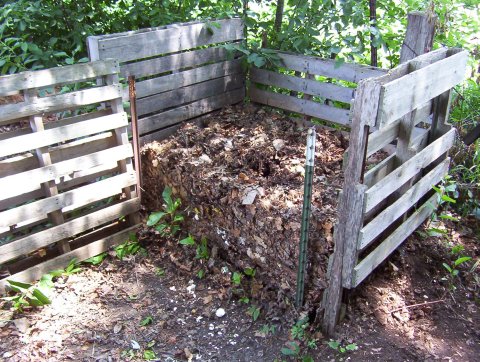Woodchips and garden bark chippings not only look great -they are good for your garden too!
Wood chips are a useful, hassle-free way of making your garden look great, and have been a garden staple for both novice and veteran gardeners for many years. Whether you are looking to create a fresh new look, want to create a pathway or border, or need to cover a section of your garden that’s gotten a little tired, wood chips and garden bark are both great options. But what many people don’t realise is they can actually help your garden flourish at the same time!
So what can you do with garden wood chips and bark chips? Here are just some of their many fantastic uses.
Mulching
Mulching is a fantastic way to keep your soil in great condition. Covering the soil with a layer of mulch helps it to retain water, and also deters and suppresses weeds from growing through the soil and spoiling your gardens well-kept look.
Contract Ornamental Bark is a popular choice which looks attractive in flower beds or garden pots, making them easier to maintain. A screened mixed Woodchip is another useful option which won’t break the bank, and helps to dress beds and keep weeds at bay.
Both of these compost very slowly, and therefore are very economical – they will only need topping up occasionally, and will keep your garden healthy and looking great for many months to come.
In your garden borders
A layer of garden wood chippings around your garden’s border will create a barrier on top of the soil which makes it difficult for weeds to grow through.
Achieving this look couldn’t be easier. All you need to do is scatter a layer around 7.5cm thick over your borders, on well-nourished soil and you will have immediate protection.
Spring is the perfect time to do this as the chippings will also protect the roots of flowers and plants from being damaged by the heat of the sun, and help prevent the soil from drying out.
Bear in mind that you need to use chippings which have been specially made for mulching – fresh chippings do not work in the same way and can absorb nitrogen from the soil which is needed to allow plants to grow. The layer of chippings also adds texture and warmth to your garden and keeps it looking neat and tidy too.
In the pots
Garden wood or bark chips can also be useful to cover the soil in plant pots and in hanging baskets, though use finer, smaller chippings if you are going to do this.
This will keep your garden looking uniform and the same benefits for your pot plants and hanging baskets will be achieved – keeping the soil protected and moist, which means you don’t have to worry about such regular watering during the hot summer months.
You can expect to see your pot plants, and all those covered in bark or wood chips, grow quickly as the chips help to encourage plant growth as well as nourish and aerate the soil.
For pathways
A pathway of wood or bark chippings can be a great feature in any garden, creating neat sections and helping to give an impression of space.
If you want a garden path, but would prefer to do it on a budget, chippings are an excellent, low maintenance choice as an alternative to hard pathway materials which take considerably more time, money and effort to lay down.
To achieve the look make sure you put down a membrane between the soil and chippings which you should puncture with holes so water can easily drain through. Your pathway of chippings needs to be quite deep – around 10cm is best, so ensure that you have dug deep enough to be able to achieve this.
For children’s play areas
Playbark is a excellent material for children’s play areas. This durable material is easy to install and makes for a fantastic looking space for children to play in safely – helping to prevent accidents or injuries. Our play bark is a carefully selected, 100% natural British pine with a lovely pine odour. It is perfect for play areas but can also be used to suppress weeds, and keeps soil moist and healthy too.
What kind should you buy?
There is a wide range of bark and wood chippings available, and they come in a variety of colours so you can find one that you feel will best complement your garden’s ‘look.’
At Bury Hill, our bark and woodchips are perfect for creating a natural, rustic look in your garden, and our top quality play bark is perfect for children’s outdoor spaces.
If you would like to buy wood chippings for your garden, and would like any advice on what kind would be most suitable for your project, why not call our friendly, expert team on 01306877540 or drop us an email today?

